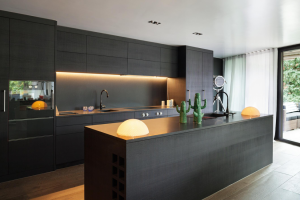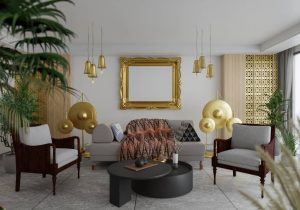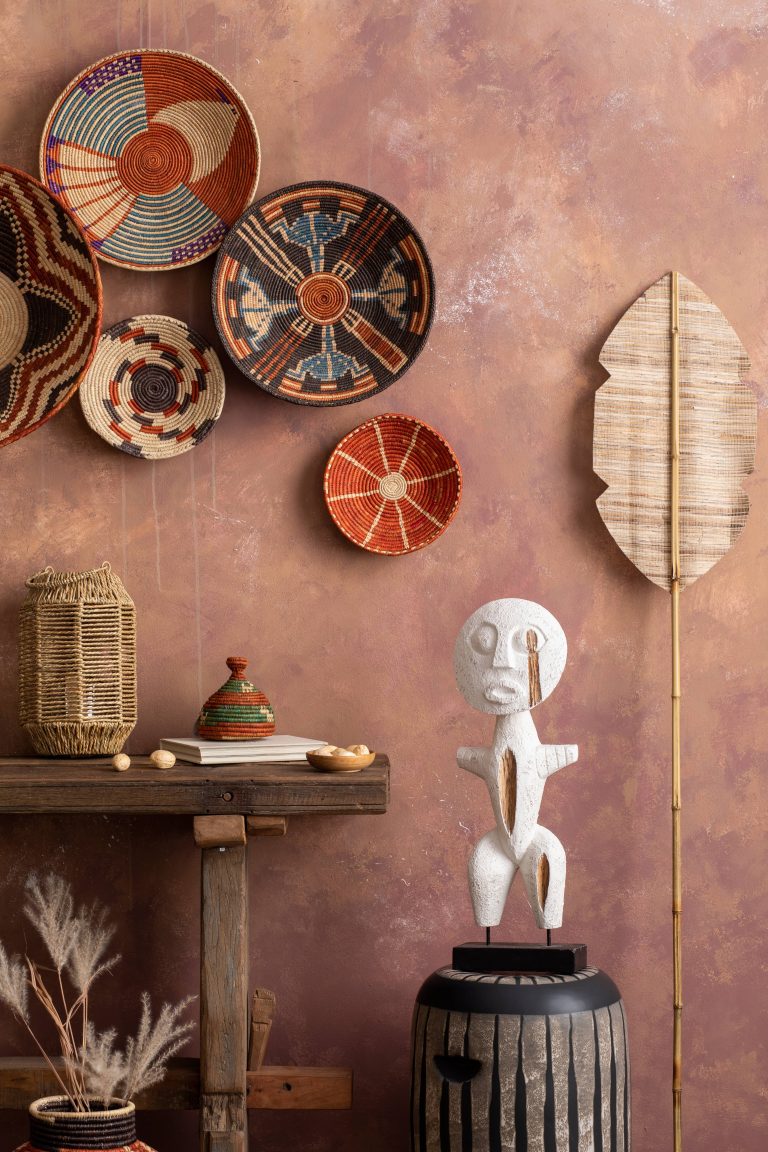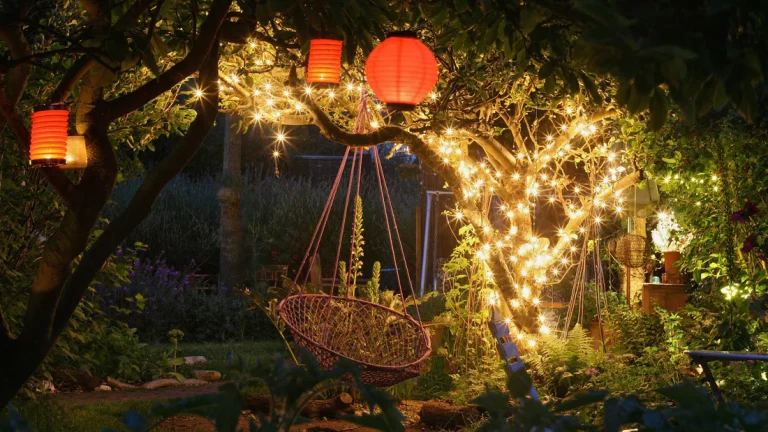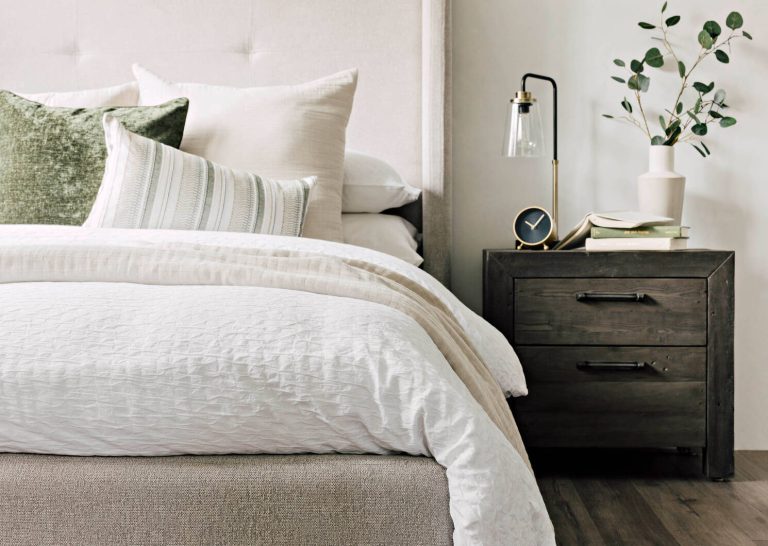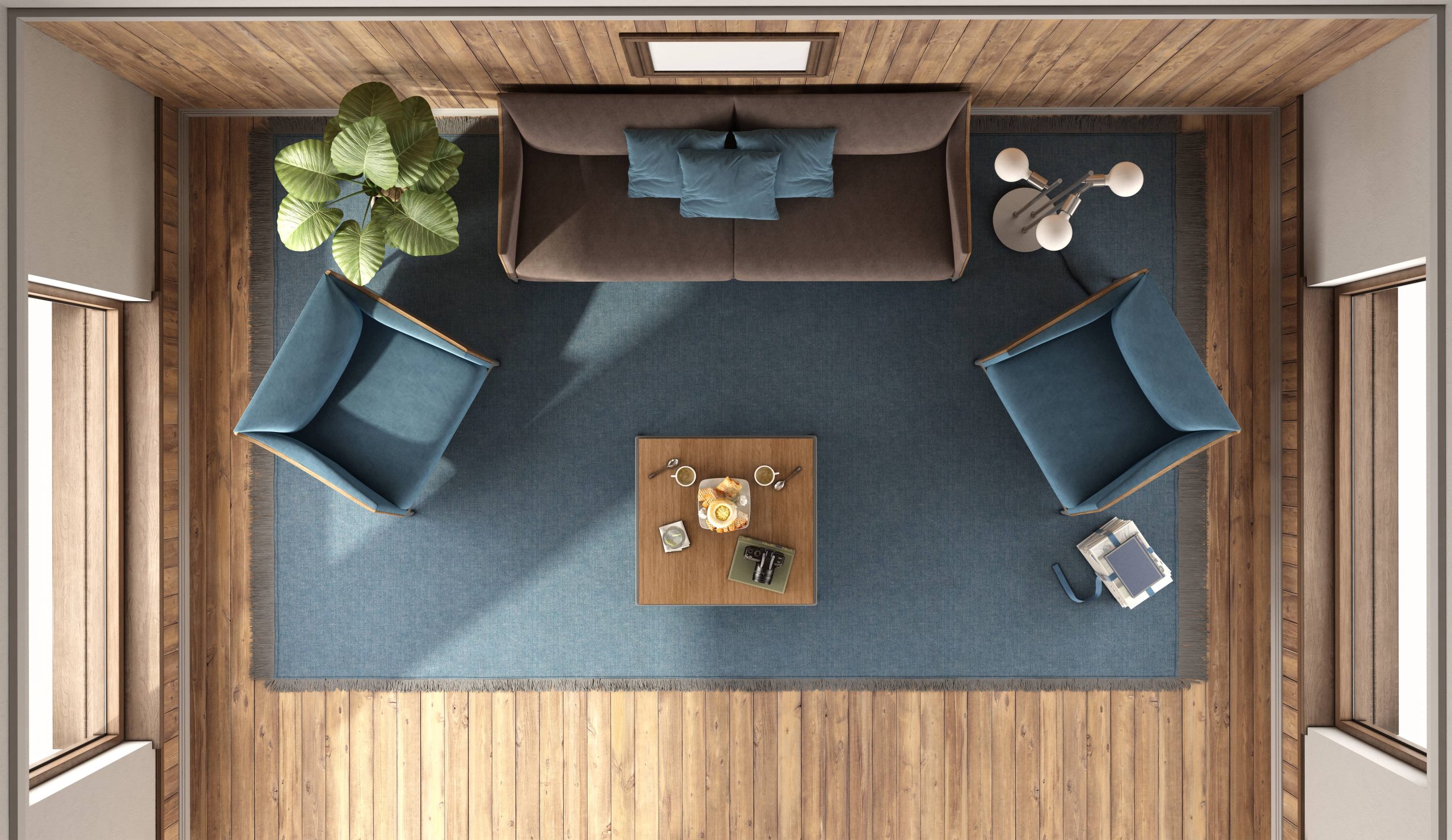
Creating an eclectic home is an art form—a delicate balance of blending various styles, colors, and textures to define a space that exudes individuality and charm. Unlike more rigid decorating themes, eclectic interiors offer the freedom to celebrate personal choices and embrace diverse inspirations. However, selecting the right furniture to bring an eclectic home together requires thoughtful consideration and a keen eye for harmony. Here’s a guide to help you navigate the delightful complexities of furnishing your eclectic abode.
Understanding Eclectic Style
Before diving into furniture selection, it’s essential to grasp the essence of the eclectic style. Eclecticism is about creating a cohesive look by deliberately combining different styles. The beauty of eclectic design is its unpredictability—it’s a tapestry woven with elements from various time periods, cultures, and design philosophies.
However, eclectic does not mean chaotic. The key is to maintain a unifying theme or color palette that ties the different elements together, preventing the space from feeling disjointed. The freedom to mix and match invites endless creativity, but requires discipline to ensure that each piece contributes to the overall harmony of the space.
Step 1: Define Your Foundation
An eclectic home often starts with a strong foundation of neutral colors which allows diverse pieces to shine. Think of your walls, floor, or large furniture pieces like sofas and sectionals as a blank canvas. Neutral tones such as whites, grays, and beiges provide a solid base that allows more vibrant or patterned pieces to become the room’s focal points.
When choosing upholstered furniture, opt for versatile shades. A classic gray sofa, for instance, will accommodate a wide array of throw pillows, rugs, and art pieces in varying styles and colors.
Step 2: Embrace Contrast
In eclectic design, contrast is your friend. Juxtapose contemporary sleek lines with vintage curves or blend rustic wooden pieces with metal accents. This principle allows personalities of different periods and styles to coexist.
For example, pair a mid-century modern armchair with a Victorian side table or place a minimalist coffee table alongside a richly detailed Persian rug. The tension created by these contrasts adds visual interest and layers to the room, making it feel collected over time rather than manufactured in a moment.
Step 3: Curate with Care
The eclectic style requires a curator’s eye. Each piece of furniture should have its story and reason for being in the room. This is where personal expression plays a significant role. Consider incorporating heirlooms, travel souvenirs, or unique finds from thrift shops and antique stores.
However, resist the urge to fill every corner. Negative space is crucial in allowing important pieces to stand out. A balance between filled and empty spaces keeps the room looking intentional rather than cluttered.
Step 4: Cohesion through Color and Scale
While mixing different styles and periods, maintaining a sense of scale and proportion is crucial. Furniture should relate to one another in terms of size for a balanced and grounded look. Large statement pieces, like a grand armoire or an oversized sofa, should be complemented by pieces of equal visual weight.
Also, establish a color palette to unify disparate elements. A limited color scheme can provide the visual link necessary to tie different styles together. For example, pick three to five colors that repeat throughout the room—in textiles, artwork, and decor. You might anchor everything with blacks and whites, while weaving in accents of teal, mustard, and coral.
Step 5: Add Eclectic Accents
Once the main furniture pieces are in place, add character through accents. Lighting, textiles, and artistic accessories play an essential role in defining the eclectic aesthetic. Consider using eclectic light fixtures, like an industrial pendant or a bohemian tasseled lamp, to add personality to the space.
Textiles, such as throw pillows and rugs, introduce color and pattern, while offering an opportunity to experiment with different textures. Don’t shy away from mixing florals with geometrics or layering various textiles for a rich, lived-in feel.
Step 6: Personalize with Art and Collectibles
The final touches in an eclectic home often come from curated art and collectibles. Walls can display a mix of modern art, vintage posters, and personal photography, arranged in a manner that feels organic and spontaneous.
Shelving units can house a collection of antiques, ceramics, or books with artful arrangements that invite curiosity. Mixing practical with whimsical provides a sense of surprise and delight.
Bringing It All Together
Selecting furniture for an eclectic home is about creating an environment that is distinctly yours. It’s a process that welcomes creativity, values history, and admires diversity. By focusing on contrast, cohesion, scale, and personalization, you can assemble a living space that is as functional as it is aesthetically pleasing. Remember, the best eclectic homes are those that invite inquiry and inspiration, reflecting the unique story of those who reside there. Happy decorating!


